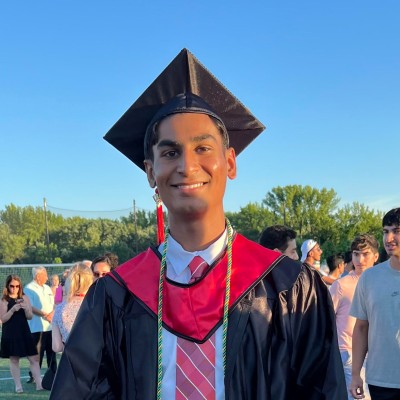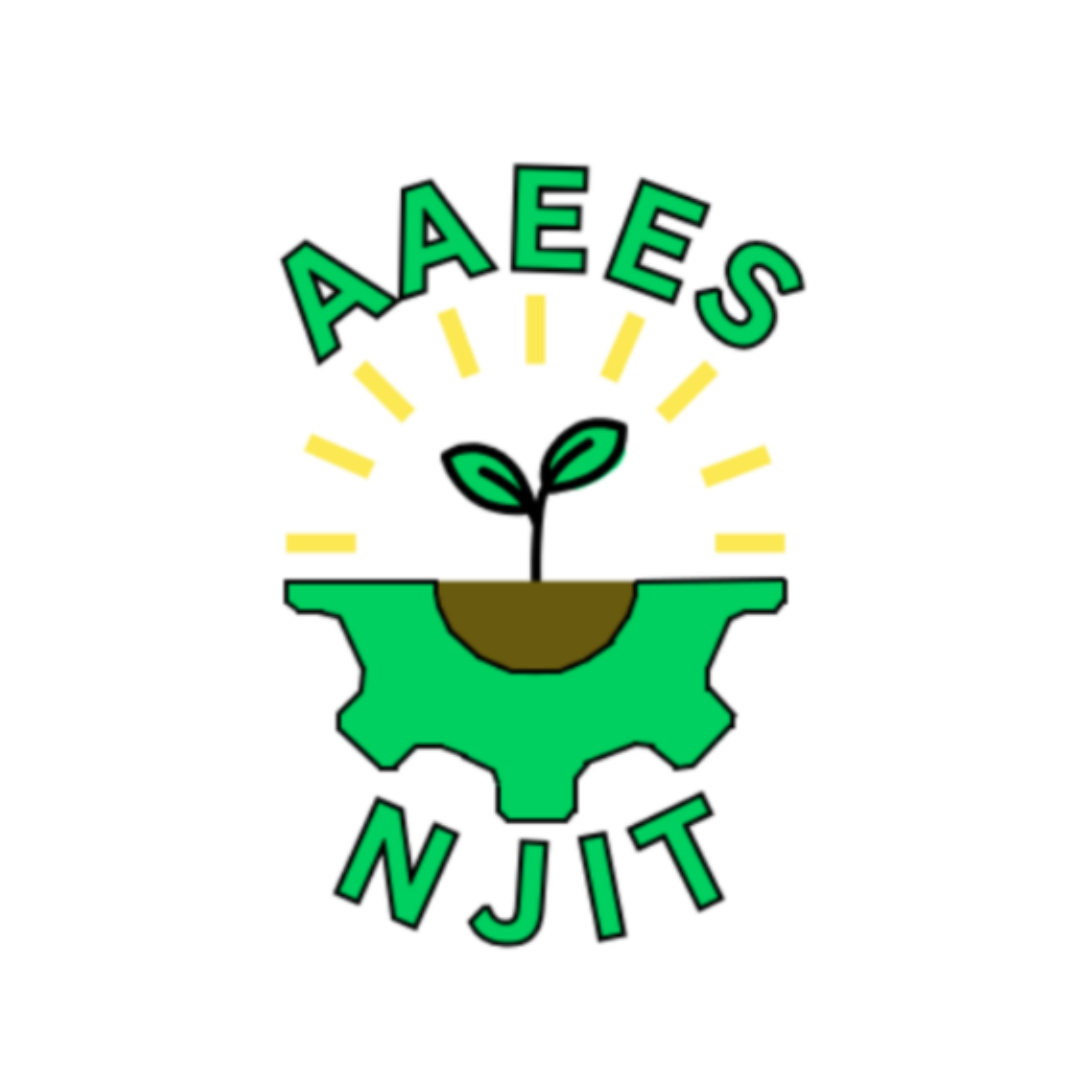Kabir Singh

Kabir Singh is a second-year Mathematical Biology major and Philosophy minor attending the Albert Dorman Honors College. He is part of the Kumar Lab, studying the binding of cyclic peptides to varying proteins and immobilizing the proteins’ functions. With the creation of these peptides, different diseases can be targeted by inhibiting the functioning of the associated proteins. This summer, Singh worked on the development of male contraceptives to prevent sperm cells from mobilizing. Singh’s work, and that of the Kumar Lab, focuses on translational research. Their research uses computer science, computer programming, machine learning (ML), and artificial intelligence (AI) for biological engineering disciplines. The Kumar Lab works with the Instructive Biomaterials and Additive Manufacturing Lab (IBAM-Lab) for the 3D bioprinting of tissues and other materials.
Jaiman Parekh

Jaiman Parekh is a third-year Physics and Computer Science double major attending the Albert Dorman Honors College. He participated in summer research through the Honors Summer Research Institute (HSRI). Parekh is part of the Center for Solar and Terrestrial Research (CSTR) under the supervision of Dr. Satoshi Inoue. His research over the summer modeled coronal mass ejections and solar flares of the Sun. Coronal mass ejections are highly magnetized and unstable plasma. These coronal mass ejections travel through space and can interact with the Earth’s ionosphere. These mass ejections can then create auroras that are visible from Earth. The current models use assumptions based on the dynamics of plasma. Parekh found that the geometry of configuration plays a significant role in forming coronal mass ejections. Parekh’s research can be applied to fusion reactors, where plasma is contained in a metal sphere. Fusion reactors behave similarly to coronal mass ejections and the energy derived from the plasma can generate electricity from nuclear fusion reactions.
Arwa Ouali

Arwa Ouali is a second-year Chemical Engineering major attending the Albert Dorman Honors College. Ouali participated in the Undergraduate Research and Innovation Program (URI). She is part of the Civil and Environmental Lab under Dr. Jay Meegoda and Dr. Ashish Borgaonkar. Ouali’s research focuses on decomposing microplastics into environmentally safe materials. She began her research last summer by determining the ideal conditions for ultrasound waves, temperature, and time to break down specific types of microplastics. Ouali is also attempting to break down the microplastics into environmentally safe forms. Ouali’s research can be applied to the accumulation of plastic in the ocean, the treatment of water, and the release of water back into the ocean without pollutants. She is working on submitting her research to the ASEE Middle Atlantic Section conferences and the NJ American Water Works Association.
Aleesha Deshmukh

Aleesha Deshmukh is a fourth-year Biology major attending the Albert Dorman Honors College. She has been researching in the Swarm Lab with Dr. Garnier since January 2024. Deshmukh studies slime mold and its foraging strategies for food and other resources. Slime mold is a unicellular model organism that is easy to study and maintain in a lab environment. Slime mold can split into multiple subunits to physically find food sources quickly. Deskhmukh is determining how slime mold can forage for food without higher-order functioning and how to maximize the ability to forage food in the most efficient way possible. She is examining whether the cell splitting of slime mold makes for a more efficient strategy for foraging. Deshmukh’s research can be applied to better methods for gathering resources, mapping networks, and problem-solving human issues.
Clea Chelala

Clea Chelala is a second-year Biology major. She is part of the Swarm Lab with Dr. Isabella Muratore, studying the collective behavior of ants in structural formation. Her research focuses on army ants, a South American species of ants, and how they can form adaptive bridges with their bodies. Chelala is analyzing the volume and density of the bridges created by these ants and how bridge stability changes with varying levels of traffic flow. She uses coding languages, such as R and MATLAB, to critically and properly analyze the data. Chelala’s research can be applied to understanding the delegated roles of ants and collective behavior among humans in decision-making and task completion.































